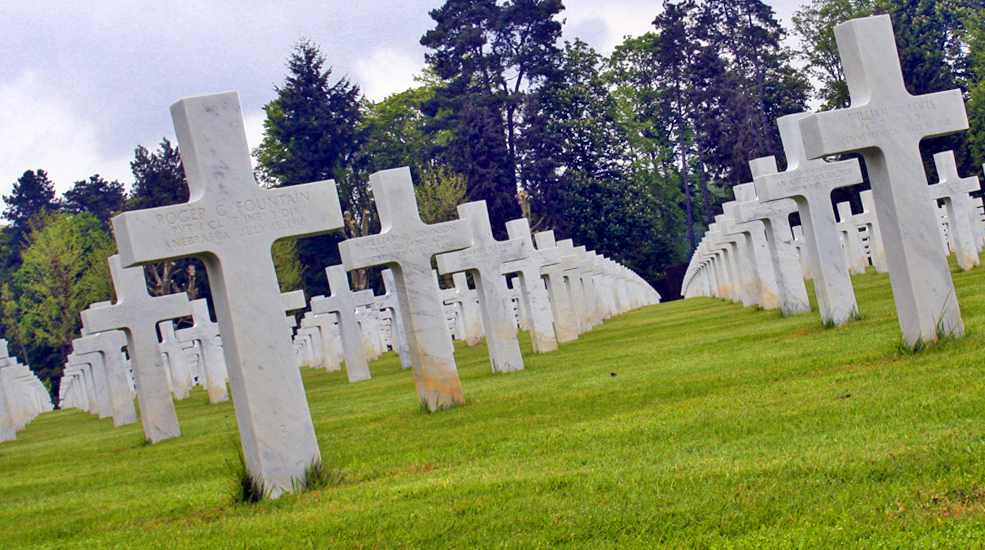
“Cash raised will cover the cost of getting
the four-engine bomber into the air.”
FIFI, THE WORLD’S only airworthy Boeing B-29 bomber, may soon be getting some company if a Kansas-based Kickstarter funding campaign reaches its target.
Volunteers in the Jayhawk state have spent more than a decade reassembling the remains of a World War Two-era Superfortress, known as “Doc”, after recovering the derelict airframe from the Mojave Desert in 1998. They’re now hoping to get the restored warbird into the skies.
Following a successful engine test-start just two weeks ago, the Wichita group calling itself Doc’s Friends needs to raise $137,500. The infusion of cash will cover the cost of finally getting the four-engine bomber airborne. The group hopes to eventually turn the aircraft into a flying museum. The campaign launches Wednesday, Sept. 30 and will run for 30 days.
Success of the endeavour is anything but certain – if funding falls short of the target, all money is returned to donors.
“Kickstarter has an ‘all or nothing’ rule, where a project can only collect the funds if the goal has been reached by the set deadline,” said a spokesperson for Doc’s Friends.
If all goes well, Doc is expected to take to the skies later this year.
Already, the project has attracted some high-profile allies.
Former NASA Apollo 13 astronauts Jim Lovell and Fred Haise, as well as one-time S-71 Blackbird pilot Buz Carpenter recently took part in a media event for Doc at the Kansas Comosphere and Space Center.
“It’s always important to get people to volunteer and help fund the restoration of these projects because it’s a way of people contributing to the younger generation,” said Lovell.
“If you do not get these kind of projects done, history will frankly disappear, except on paper,” added Haise.

Doc, officially known as B-29 No. 44-69972, first rolled off a Kansas assembly line in March of 1945, just five months before two other Superfortresses dropped the atomic bombs that brought the Pacific War to a fiery conclusion. In peacetime, Doc served in a number of non-combat roles. By 1955, the aircraft was decommissioned and dumped in the desert at the Naval Air Weapons Station at China Lake, California where it sat for the next several decades as a stationary target for bombers. A warbird enthusiast by the name of Tony Mazzolini found the abandoned hulk in 1987 and devised a plan to restore it to its former glory. It took a decade for volunteers to hammer out a deal with Uncle Sam to buy the remains. In 1998, crews finally salvaged the bomber and two years later trucked it in pieces to a hangar in Wichita, just a few hundred feet from the original B-29 assembly line. Work has continued since.
If you’d like to help get Doc into the skies again, visit www.b-29doc.com and make a donation. You can follow the group’s progress on Twitter.









